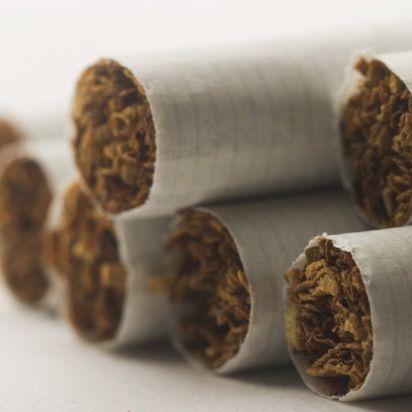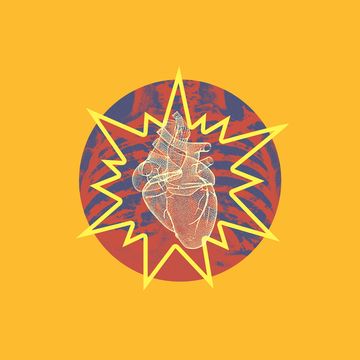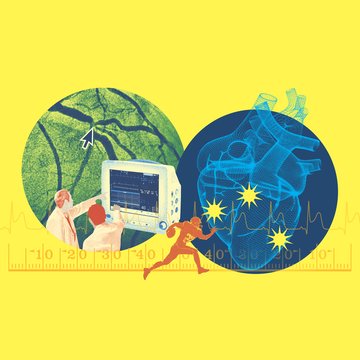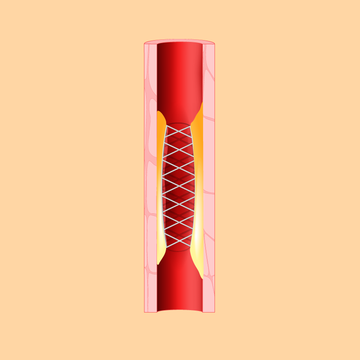With the news of David Bowie’s recent death at the age of 69—reportedly from liver cancer—you can’t help but wonder if his long-term smoking played a role.
In the ’70s, Bowie is said to have smoked Gitanes, a strong French brand, and then switched to Marlboro Lights before quitting in 2002.
We’re not sure why Bowie turned to Lights, but if he’s like most smokers, he may have thought he was doing his body a favor.
In fact, according to a 2009 University of Pittsburgh study, 51 percent of smokers who switch to light cigarettes do so because they believe they’re less harmful to their health.
Unfortunately, that’s not the case.
“There’s a preponderance of science that says ‘light’ or ‘ultralight’ cigarettes are just as dangerous or more dangerous than regular cigarettes,” says Michael Fiore, M.D., M.P.H., the director of the University of Wisconsin Center for Tobacco Research and Intervention.
Related: The Better Man Project—2,000+ Awesome Tips on How to Live Your Healthiest Life
For instance, back in 2004, a study from the American Cancer Society found that men who smoked these kinds of cigarettes were just as likely to die from lung cancer as those who smoked regular ones. More recently, researchers from Turkey determined that light cigarettes impair the vascular function of the heart just as much as the regular ones do.
Cigarettes marketed as “light” or “ultralight” contain less tar—and sometimes less nicotine—than regular kinds, when measured by a machine that mimics the smoking process. So many people think they’re getting a safer cigarette.
However, the smoking machine doesn’t accurately predict how much of the harmful chemicals an actual smoker will inhale. That’s because humans inhale smoke differently than a machine does.
What’s more, people who use “light” or “ultralight” cigarettes tend to compensate by smoking differently to maintain a comfortable level of nicotine in their blood, says Dr. Fiore.
So they may find themselves taking longer drags, inhaling more deeply, and holding the smoke in their mouths for longer.
As a result, people who smoke those kinds of cigarettes actually ended up taking in the same or even more of the toxins, says Dr. Fiore.
That’s one of the reasons tobacco companies were required to stop labeling their cigarettes as “light” or “ultralight” as part of the Family Smoking Prevention and Tobacco Control Act of 2009.
Since companies can’t market their cigarettes based on strength anymore, they’ve rebranded them. Marlboro Lights, for example, are now called Marlboro Gold.
In most cases, the color of the pack stayed the same, so consumers could still find their old favorites. In fact, after the ban, 92 percent of smokers reported they could still easily identify their brand, and 68 percent were able to correctly name the package color associated with their usual brand, a 2013 Harvard study found.
So it’s possible that smokers using these kinds of cigarettes—even if they aren’t outwardly marketed as “light” any longer—still think they’re healthier.
Related: Are Cigars a Safe Substitute for Cigarettes?
Here’s a sobering fact: “Smoking prematurely kills half of the people who do it daily,” says Dr. Fiore. You’d might as well play Russian roulette—better odds.
Smoking spikes your risk of conditions like heart disease, stroke, diabetes, respiratory disorders, and, of course, cancer.
You may associate smoking with lung cancer—and that’s certainly true, as 90 percent of cases are linked to puffing—but it’s definitely not the only one.
In fact, Bowie’s reported cause of death, liver cancer, can be attributable to smoking, too. According to a meta-analysis of 38 studies published in the International Journal of Epidemiology, current smokers are 51 percent more likely to develop liver cancer than never-smokers.
It’s important to recognize that the 6,000 chemicals and 50 carcinogens in tobacco smoke affect your whole body when you breathe them in, not just your respiratory system, says Dr. Fiore.
“Whatever these carcinogens touch, they end up harming,” he says. “They get absorbed into our bloodstream, and travel throughout the body. They travel to the liver and the pancreas, where they can cause cancer, to the bone marrow, where they can cause leukemia and other forms of cancer, and they are excreted through the kidneys, thus causing kidney cancer and bladder cancer.”
Related: The Top 10 Cancer Signs You Shouldn’t Ignore
Bottom line: There is no “safe” cigarette on the market now, says Dr. Fiore. And that includes e-cigs. (Here’s Why E-Cigarettes Aren’t Nearly as Safe As You’ve Been Led to Believe.)
Quitting is tough, but it’s your best way to protect your body. Ten years after quitting smoking, your risk of dying from lung cancer becomes about half that of a current smoker. And 15 years after kicking the habit, your risk for heart disease mirrors that of a nonsmoker, according to the American Cancer Society.
Thankfully, there are resources out there to help you quit for good. Try calling 1-800-QUIT-NOW, says Dr. Fiore. The services vary by state, but you’ll be offered counseling and other options, like free nicotine meds.
Or visit www.smokefree.gov, he says, where you can build quit plans and sign up for text messages or other Web-based help.













